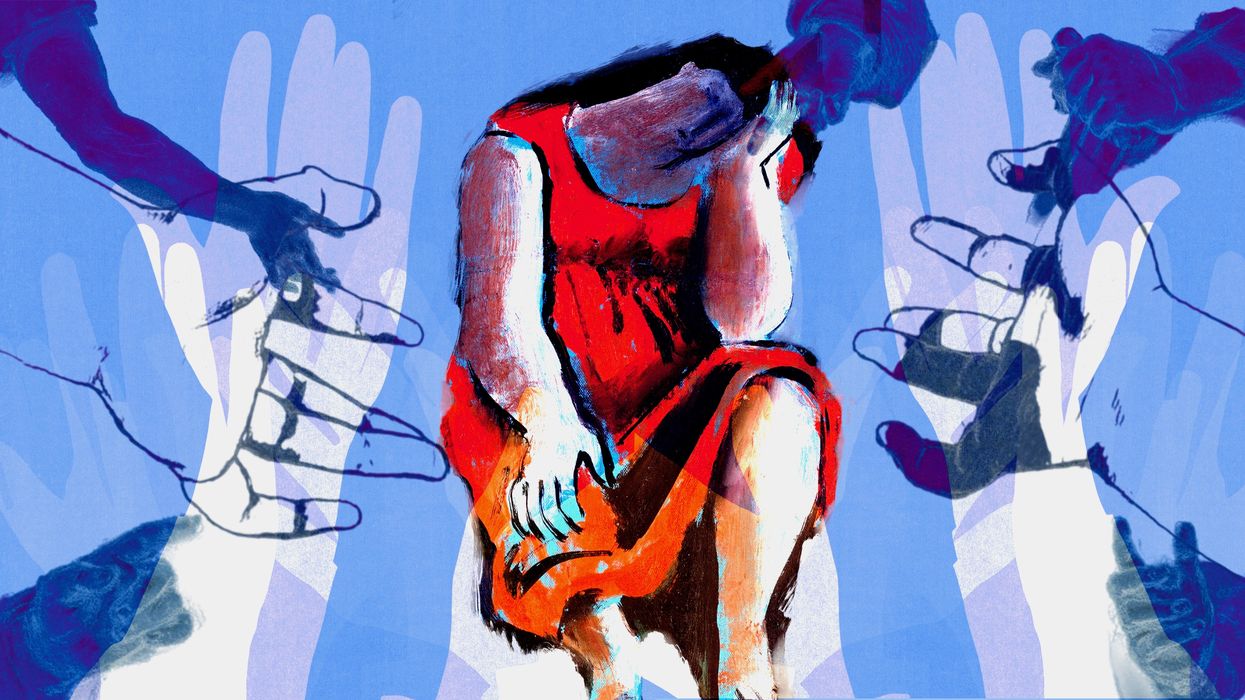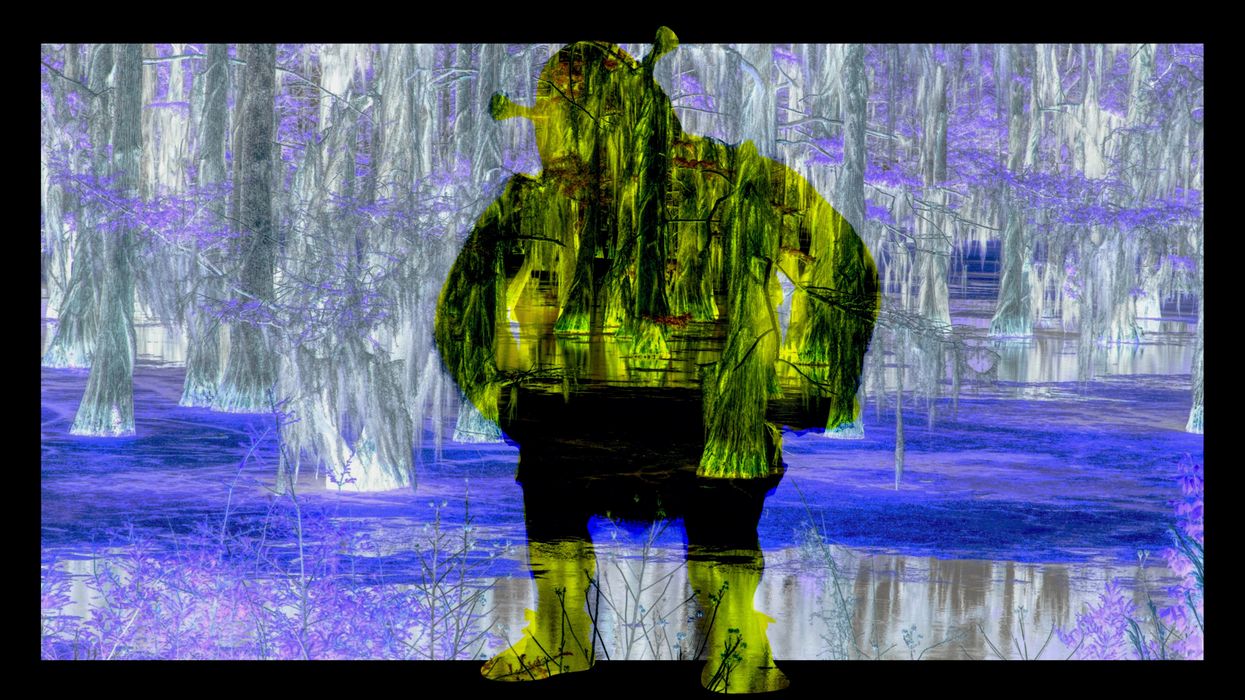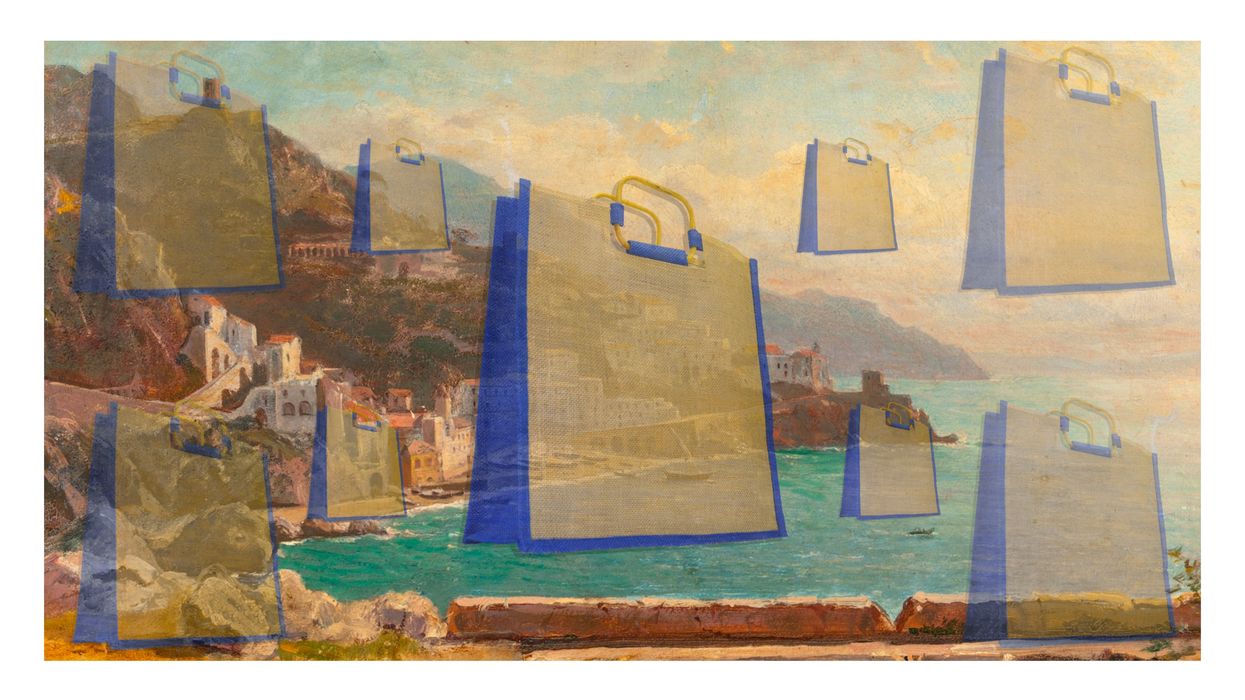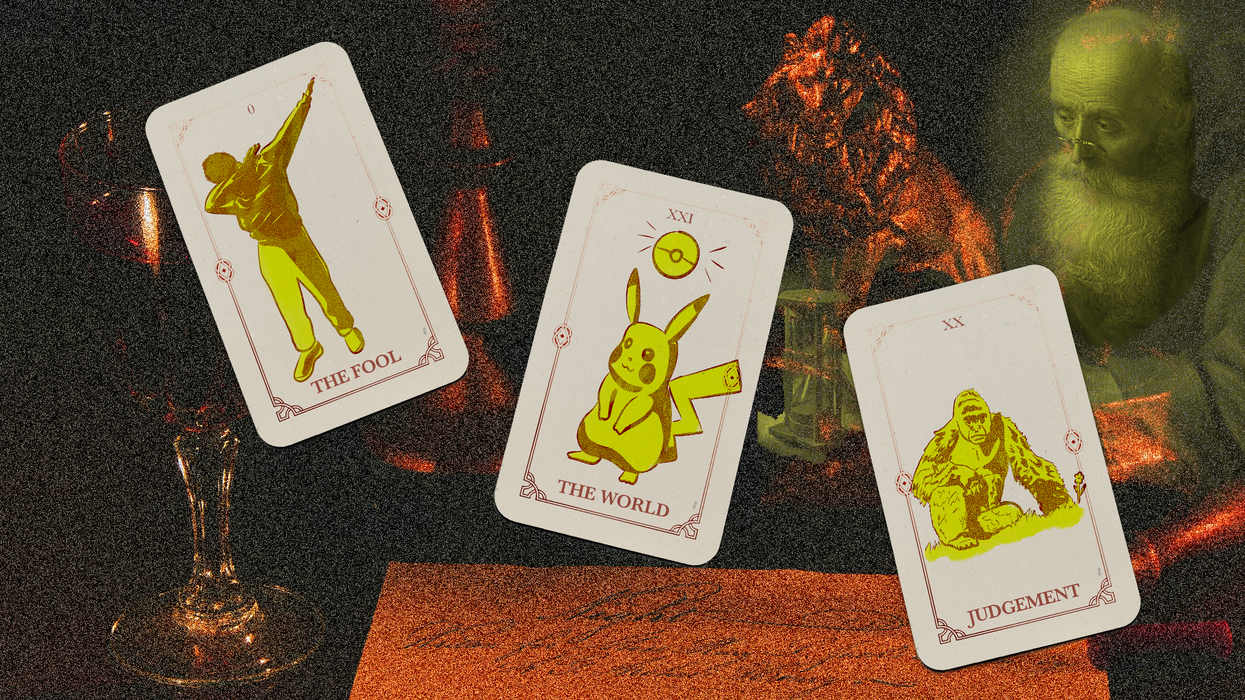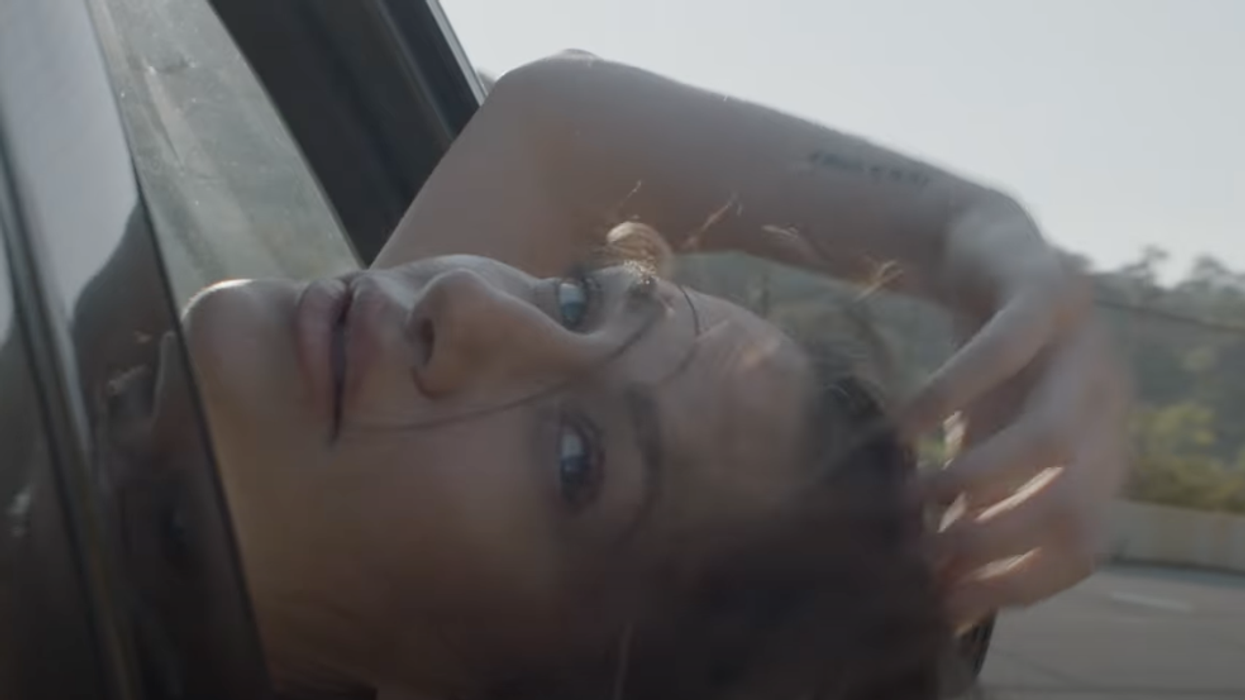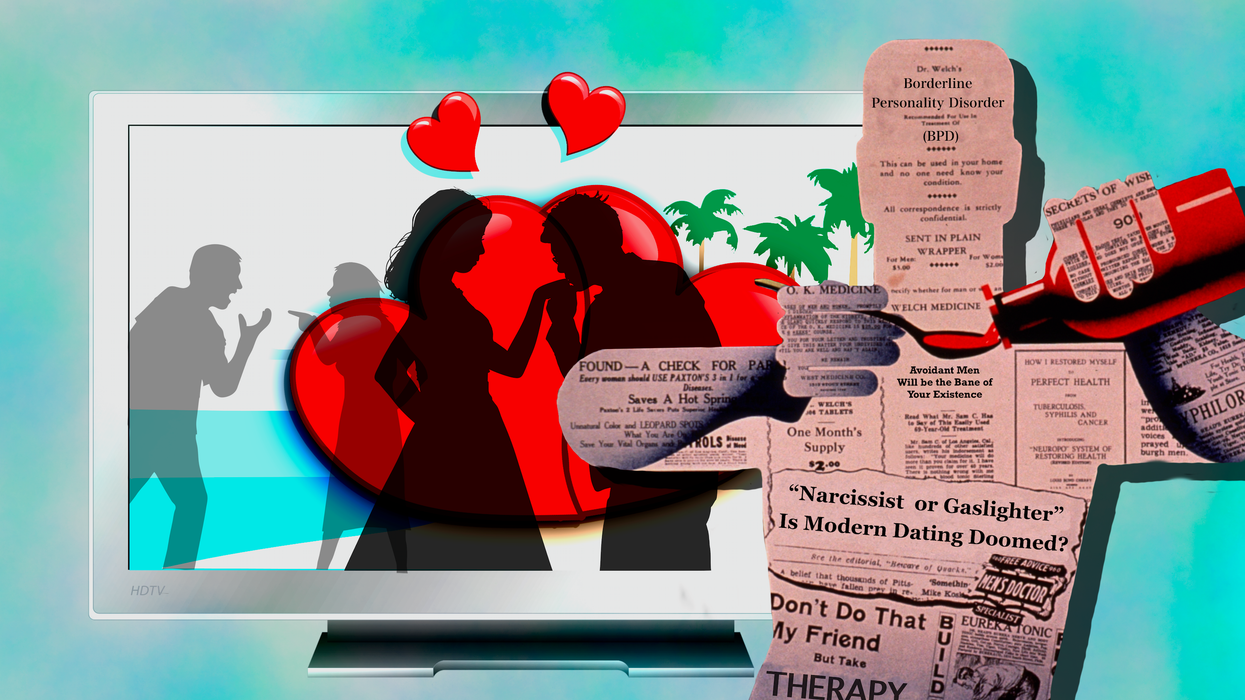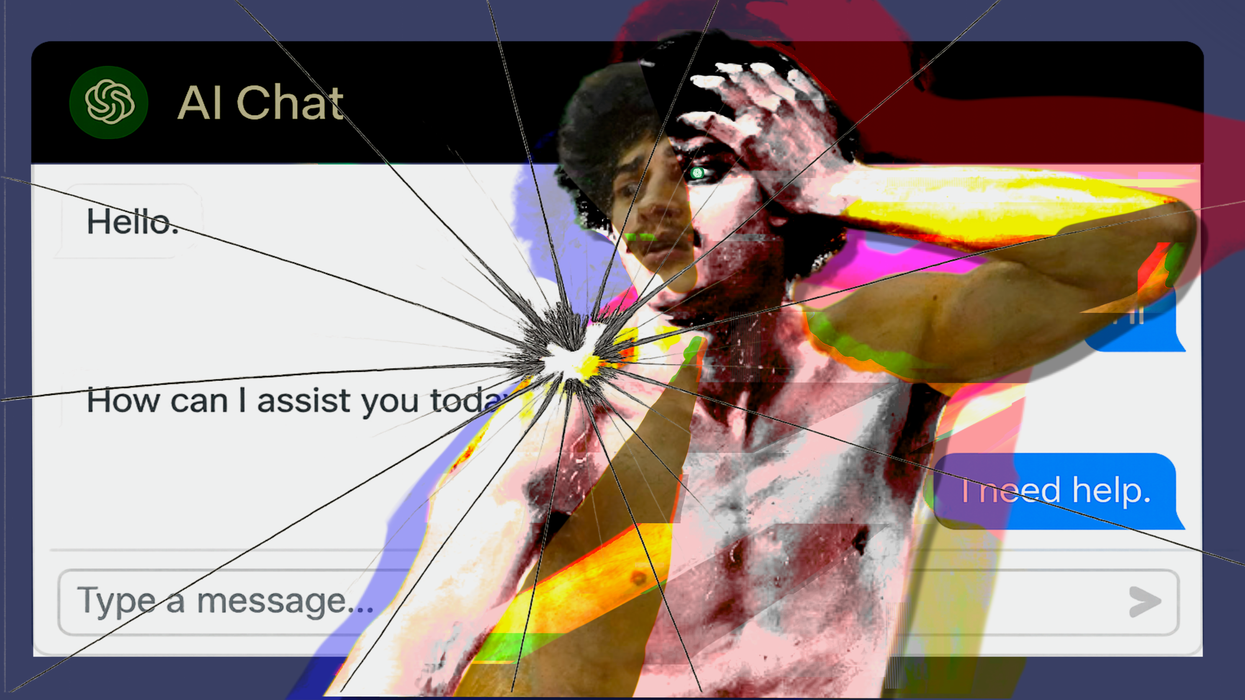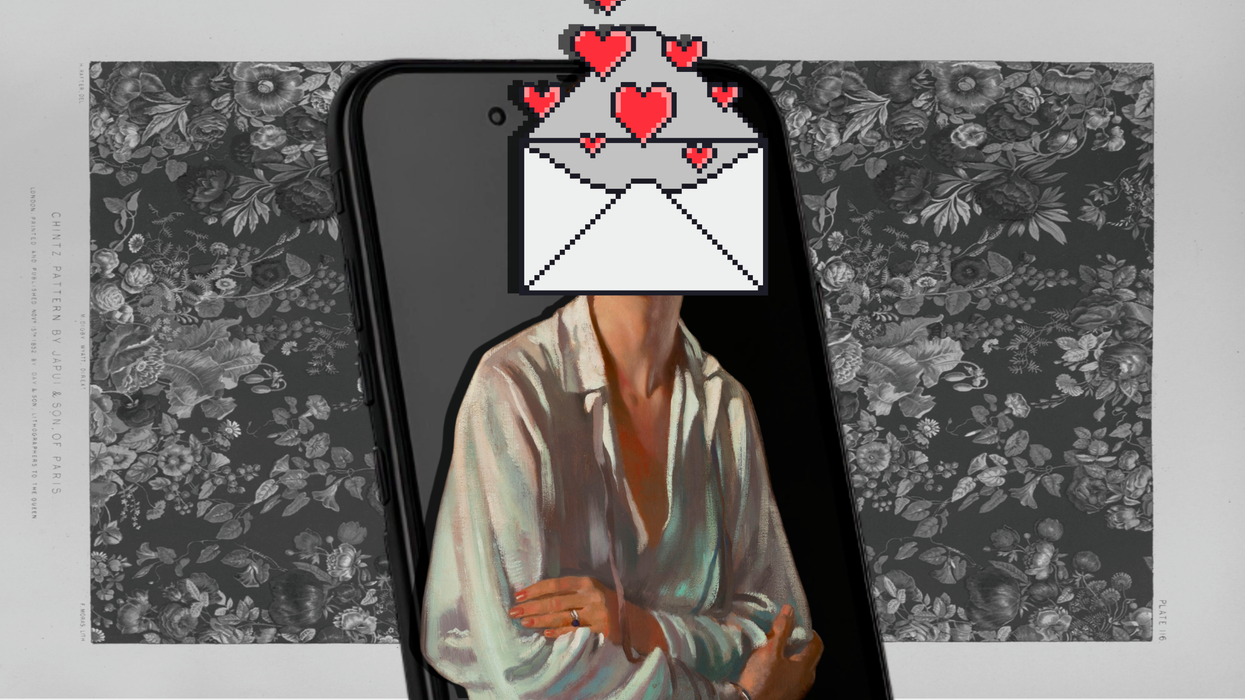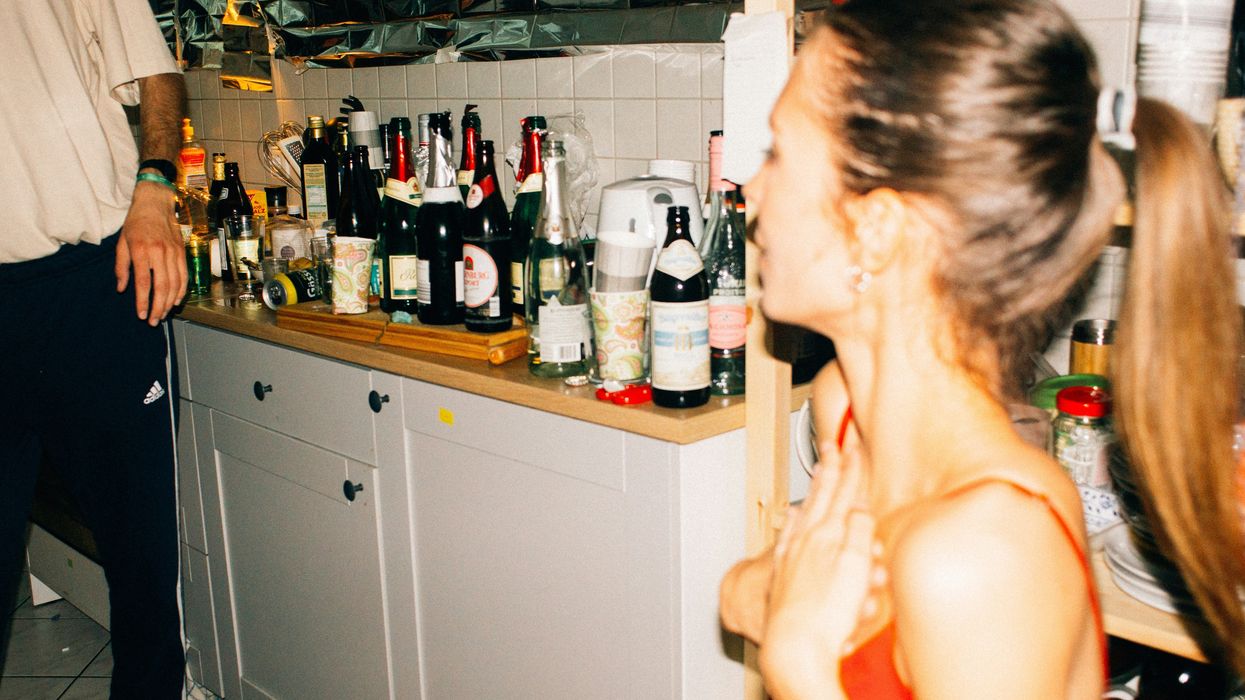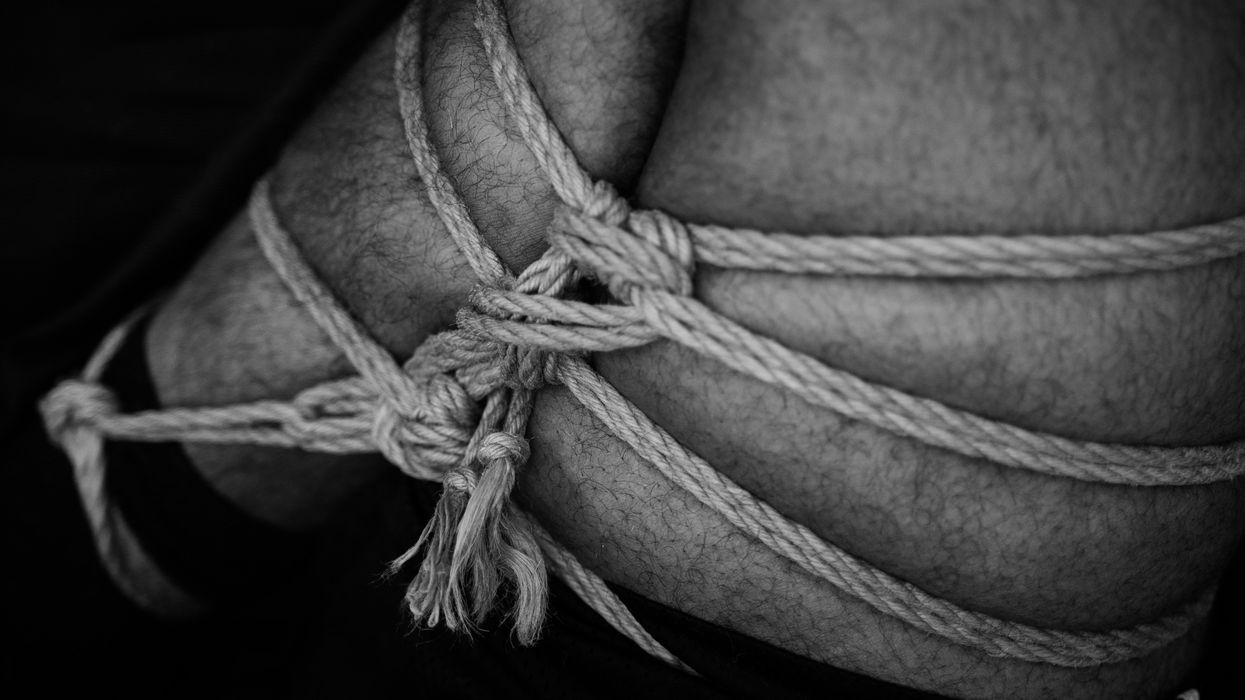A couple of years ago, the Labubu was practically a secret. With its pointy ears and sharp-toothed grin, the Pop Mart plushie was an IYKYK obsession among fashion insiders, spotted on Birkin bags and in the front row of shows. It signaled a niche kind of cool, a playful rebellion against the seriousness of high fashion. It said, “I’m young, irreverent and fun.” And for a while, that’s exactly what it was.
Then came the boom.
Fueled by celebrity sightings and a deluge of TikTok unboxings, the impish toy went from cult favorite to global craze in just a few months. Suddenly, everyone and their mother had a Labubu and, in the eyes of fashion’s inner circle, it began to lose its sartorial value. But as some start to call these popular plushies overrated and passé, fashion experts say something interesting is happening: the Labubu is now evolving into the latest anti-fashion accessory.
Anti-fashion takes what’s typically considered “uncool” and reframes it as something stylish. Often rooted in counterculture, it serves as a critique of wider trends, like grunge’s embrace of “ordinary” clothes as a rejection of mall culture, normcore’s bland basics and the rise of intentionally “ugly fashion.” It’s dad sneakers and Crocs. MSCHF’s Big Red Boots and Loewe’s balloon shoes. And now, there’s the Labubu, an aesthetically over-the-top object that's slowly losing traction, while gaining new meaning among anti-fashionistas.
“It has come to symbolize overconsumption and the vulgarity of trends,” author and fashion historian Robert Ossant says. “In an ironic sense, it can now be embraced as an object of fashion critique and a contemporary anti-trend.”
Much of this stems from “oversaturation” and exposure fatigue, according to celebrity stylist Amanda Massi, who says we're "creeping up" on the end of the craze and entering the Labubu's anti-fashion era. Because for some, it can now be viewed as a vehicle for self-expression and rebellion, rather than a straight-up trend.
“It’s a counterculture object that’s a kind of ‘fuck you’ to mainstream culture, and the cohort of people who’ve suddenly deemed them ‘tacky’” as Ossant puts it.
After all, Labubus look like something straight out of Where the Wild Things Are, and their appeal lies in their visual contradiction: grotesque yet cuddly, quirky yet mass-produced, cute but confrontational. These colorful, kitschy, and kooky collectibles are hard to ignore, especially as bag charms or belt clip-ons, dressed in custom outfits or given unexpected makeovers. Even nude, they’re an attention-grabbing way to express personality while declaring, “I like these, regardless of what you or anyone else thinks.”
Not every Labubu carries the weight of a complex cultural critique. Sometimes, it just “comes down to personal style,” says Massi. But there’s also something to be said about how they can be used to distance oneself from others, with Massi adding that, “You can be like, ‘Oh, I still like it. I don’t really care if it’s on trend or not. It just represents me and my outfit.’”
For young people in particular, the appeal of anti-fashion lies in rejecting a world where Instagrammable perfection is currently fueling minimal, hyper-curated looks, like workplace basics, neutral palettes and clean girl makeup. But with “its wild eyes and goblin face,” Ossant says, the Labubu pushes back against “the polish of clean girl aesthetics and the muted restraints of office dressing,” all while making a statement about individual expression.
“Gen Z are coming into their own, and much of that is about taking up space and being visible,” as Ossant says. “It means wearing the colorful thing, wearing the strange thing, dressing in big-fitting clothing.”
For some, this also positions the Labubu as a symbol of ironic consumption. They're a ready-made paradox, where buying mass-market signals that you're above the mass market. The irony is not in what is bought but in how it is worn, with a knowing wink that says, “Yes, I participated, but I am smart enough to know there's a deeper meaning.” As Ossant puts it, the Labubu is "in on the joke and simultaneously the butt of a joke," critiquing “the worst excess of fashion, influencer culture and the trend cycle.” But it’s also critique made convenient, a way to buy into a trend while opting out of its sincerity.
It’s a way to thumb your nose at those who look down on the Labubu, to laugh at widespread discourse that positions it as a symbol of Gen Z’s “mindless consumerism.” Wearing one is becoming a way to show that, as Ossant puts it, “millennials, brands and media outlets didn’t quite get it.”
“It signals a generational shift,” he says. “Gen Z often uses fashion to create distance, to mock, subvert… and resist sincerity.”
The Labubu's ultimate trick, then, is letting you flaunt its absurdity while still wearing it, reclaiming the overdone and ostentatious. It’s not just an accessory. It’s a punchline, a protest and a declaration of ironic autonomy. A goblin-like loophole in the fashion system that lets you play the game, but on your own terms.

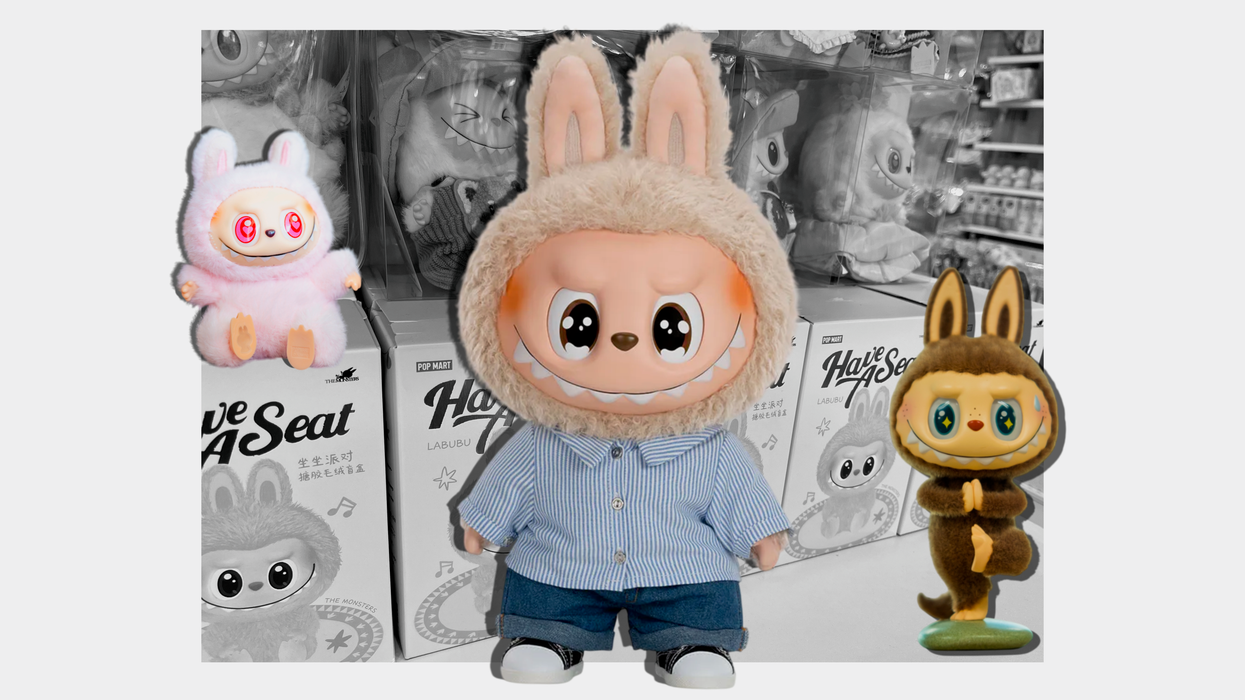
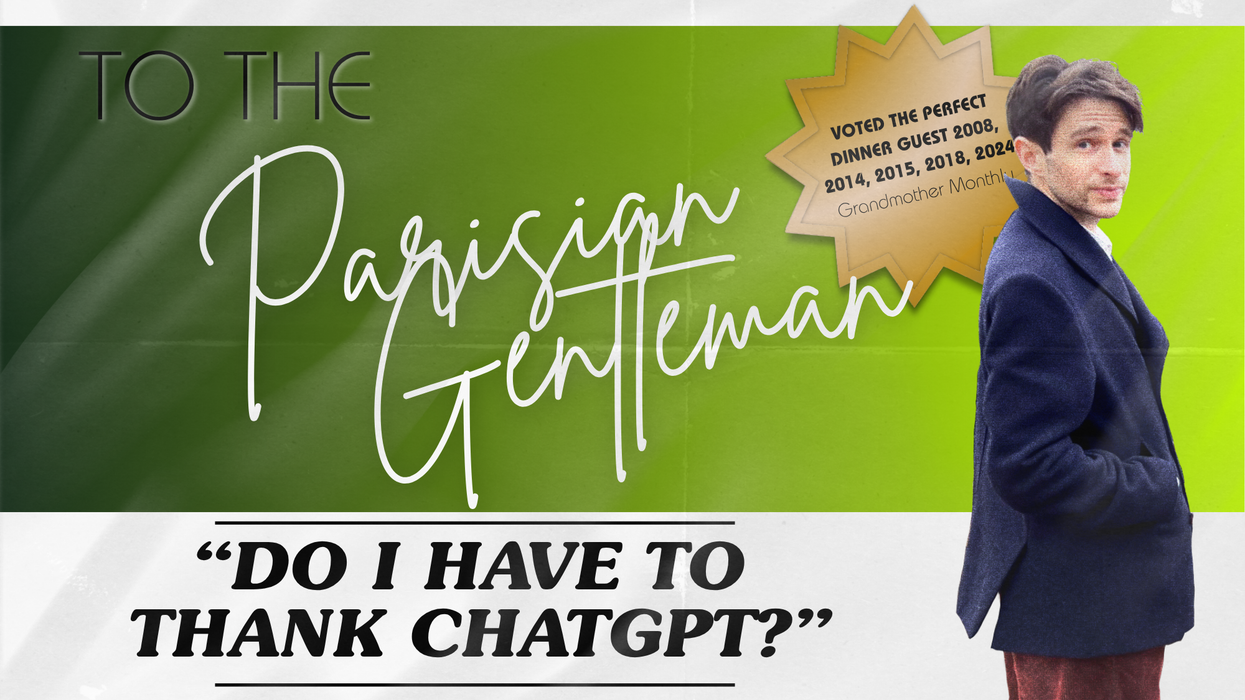
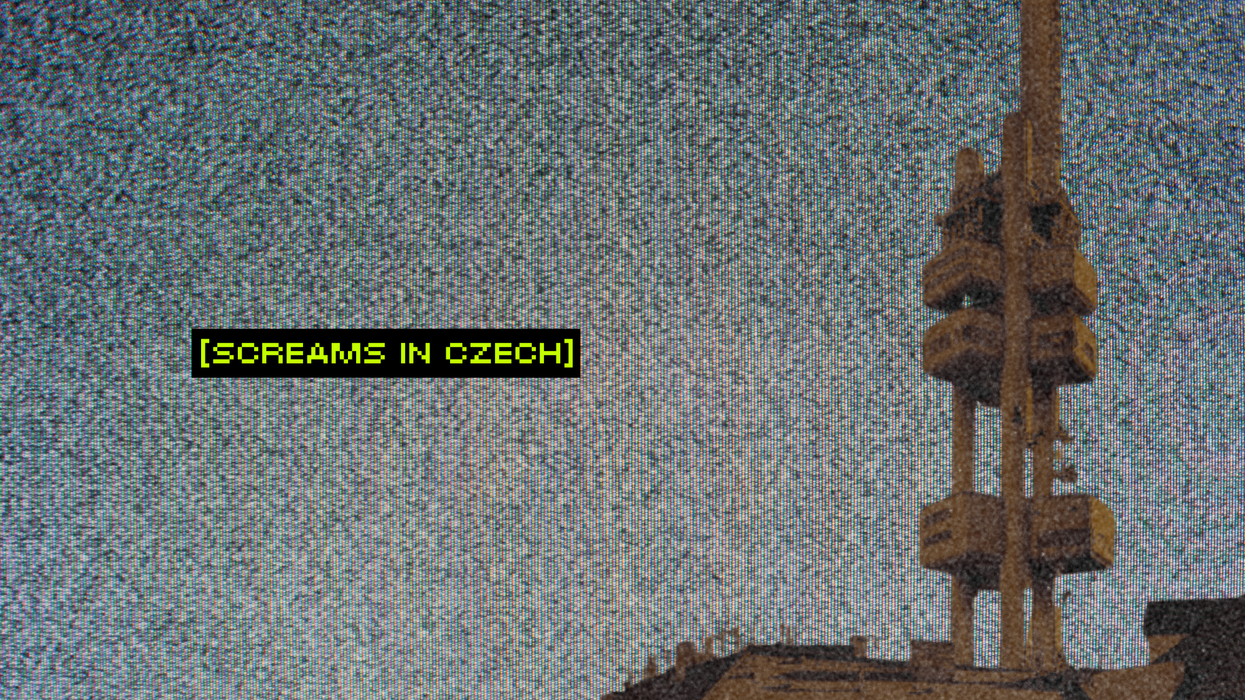
![[10/10] La Chimera: A Dreamlike Descent Into Grief, Memory and Myth](https://vextmagazine.com/media-library/image.png?id=61454821&width=1245&height=700&quality=90&coordinates=0%2C0%2C1%2C0)
